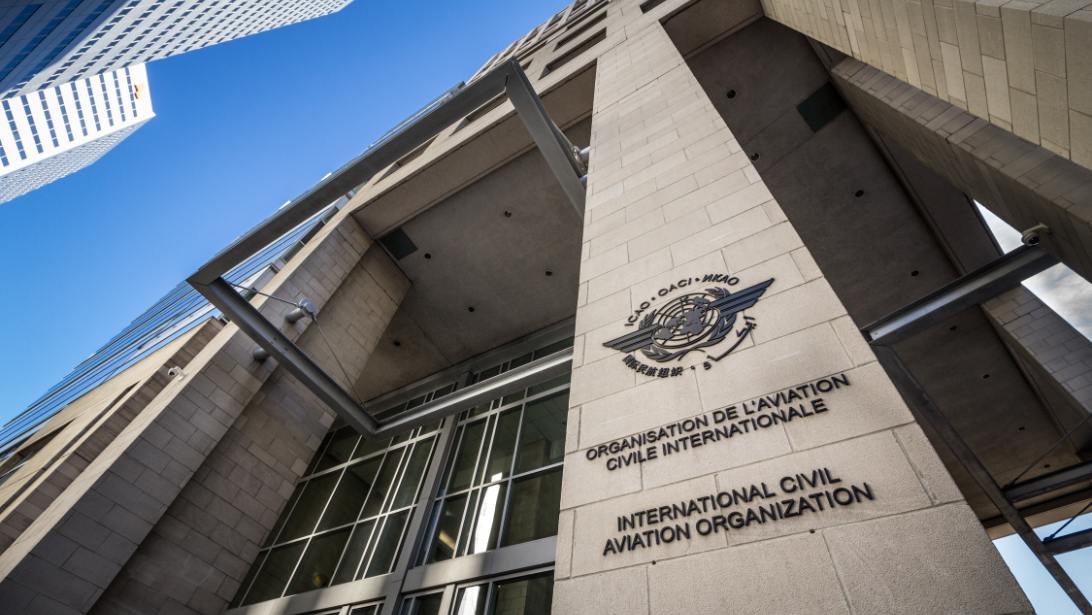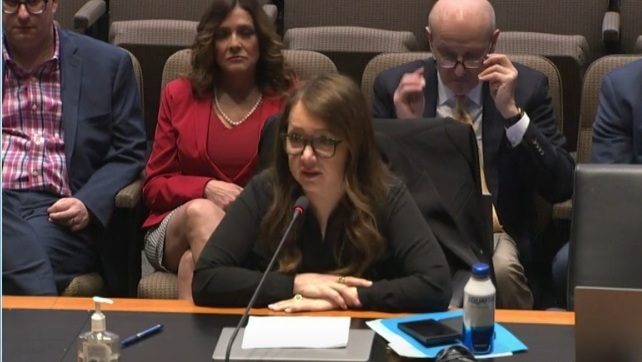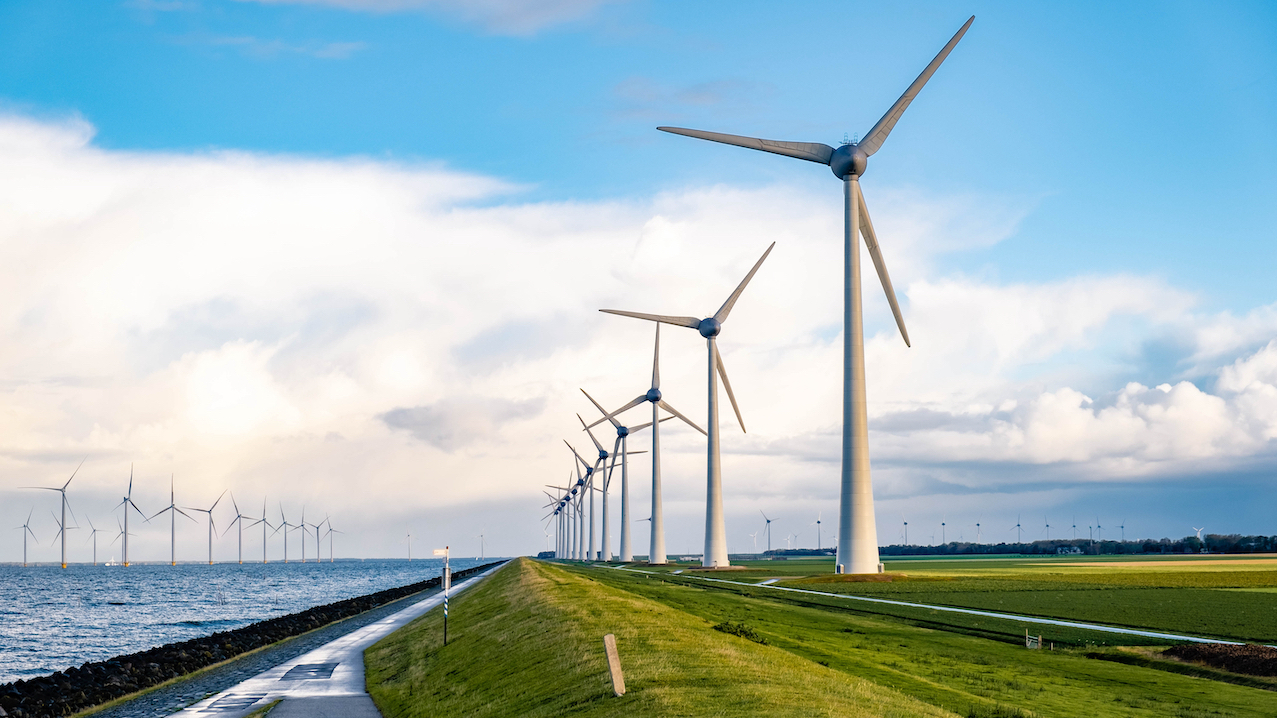
Aviation sector adopts 2050 net-zero goal
The target was agreed at the International Civil Aviation Organization’s 41st Assembly, but ABL Aviation has called for ‘more incentives for green financing and the use of greener fuels’.
Member states of UN agency the International Civil Aviation Organization (ICAO) have adopted the goal of net-zero carbon emissions by 2050 for international flight operations, after weeks of negotiations.
The collective long-term global aspirational goal (LTAG) was reached by more than 2,500 delegates from 184 states and 57 organisations at the 41st ICAO Assembly in Montreal, Canada.
The ICAO said that achieving the goal would rely on the combined effect of multiple CO2 emissions-reduction measures, including the accelerated adoption of new aircraft technologies, streamlined flight operations and the increased production and deployment of sustainable aviation fuels (SAF).
Salvatore Sciacchitano, president of the ICAO Council, said: “States’ adoption of this new long-term goal for decarbonised air transport, following the similar commitments from industry groups, will contribute importantly to the green innovation and implementation momentum, which must be accelerated over the coming decades to ultimately achieve emissions-free powered flight.”
States at the ICAO Assembly emphasised the importance of viable financing and investment support for reaching the new CO2 emissions goal.
They also offered their support for the new ICAO Assistance, Capacity-building and Training for Sustainable Aviation Fuels (ACT-SAF) programme, intended to drive the availability and use of SAF, and requested that a third ICAO Conference on Aviation and Alternative Fuels be convened in 2023.
There need to be more incentives for green financing and the use of greener fuels, such as pricing discounts, if the airline [industry] is able to carbon offset.
Sustainable Aviation Fuels under the microscope
According to a report published by aircraft investment management platform ABL Aviation in January 2022, ‘Turning black gold into green gold: Aviation addressing the climate crisis’, SAF – which is made from non-fossil fuel feedstocks – is one of the most effective ways of reducing the carbon footprint of the industry in the short to medium term.
The International Air Transport Association estimated that SAFs could reduce CO2 emissions by up to 80%. However, the report stated that “it is not looked at as a sole solution to helping the aviation industry reduce its carbon footprint”.
Ali Ben Lmadani, CEO of ABL Aviation, said that along with eco-taxes, SAF mandates have the potential to increase the cost of air travel and “potentially dampen demand” in the short to medium term.
“There need to be more incentives for green financing and the use of greener fuels, such as pricing discounts, if the airline [industry] is able to carbon offset. Some banks can increase loan-to-value ratios if carbon offset investments are applicable. For this to take off, it needs to be an industry standard,” he added.
Serious about net zero?
In September 2022, analysis by Climate Action Tracker revealed that none of the three emissions-reduction scenarios that were due to be discussed at the ICAO meeting were compatible with the Paris Agreement.
Climate Action Tracker, a collaboration between Climate Analytics and the NewClimate Institute, estimated that emissions from international aviation will double, or even triple, between 2019 and 2050, reaching 1,100 to 1,850 MtCO2 by 2050.
It said that a 1.5°C Paris Agreement “compatible emissions level” for the international aviation industry would be a reduction of 90% by 2050 below the 2019 levels (70Mt), coupled with reductions to non -CO2 emissions.
However, its analysis found that the three scenarios would reduce emissions by 70% “at best”, with one of the scenarios even allowing emissions to increase by 50% (200–950Mt), according to the independent scientific analysis.
ABL’s Lmadani urged the industry to “convince environmentalists that it is serious about the path to net zero", through leadership and “clearly-defined ESG strategies”.



